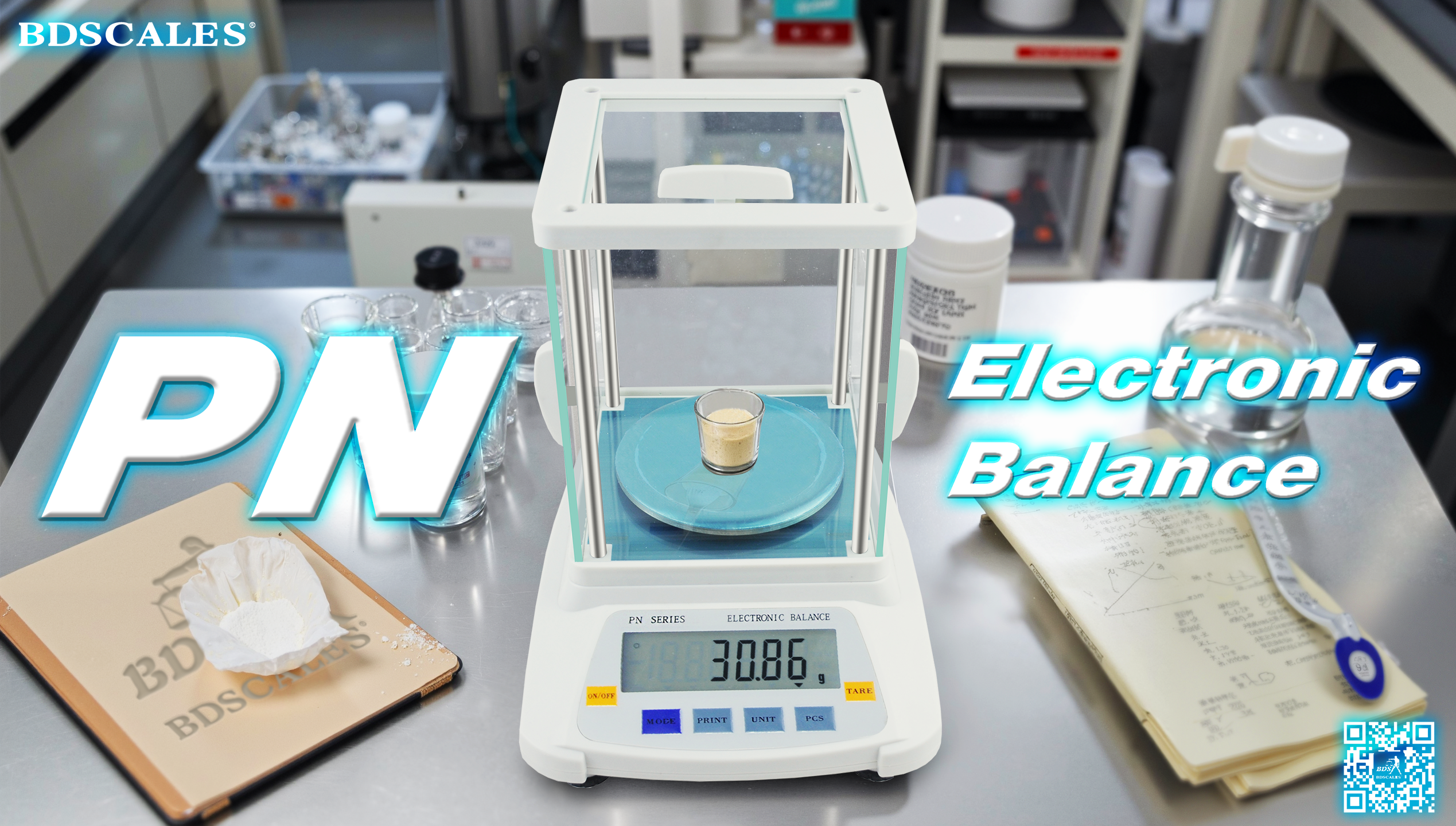The Importance of Calibration and Maintenance of Electronic Balances
Daicy 2025-05-30 17:26:06
In scientific research and industrial production, electronic balances serve as crucial measuring tools, and their accuracy directly impacts experimental results and product quality. To ensure the long-term stability and reliability of electronic balances, regular calibration and maintenance are essential. This article will explore the calibration methods for electronic balances, maintenance tips, and their effects on measurement accuracy.

I. The Importance of Calibration
Calibration of electronic balances is a key step in ensuring measurement accuracy. By regularly using standard weights for calibration, deviations in the balance can be detected and corrected, ensuring that each measurement result meets expected standards.
Ensuring Measurement Accuracy:
An uncalibrated electronic balance may lead to inaccurate experimental data, affecting research conclusions and product quality.
Compliance with Industry Standards:
In industries such as pharmaceuticals, food, and chemicals, adherence to national and international standards (such as ISO and ASTM) is necessary. Regular calibration helps keep electronic balances compliant.
Reducing Economic Risks:
Inaccurate measurements can lead to product quality issues, resulting in economic losses and legal liabilities. Regular calibration can mitigate these risks.
II. Calibration Methods for Electronic Balances
Methods for regularly calibrating electronic balances include:
1.Using Standard Weights:
Compare the known weights placed on the electronic balance to ensure the displayed values match the actual values.
2.Zero Calibration:
Before measurement, ensure the electronic balance displays zero to eliminate background interference.
3.Multi-point Calibration:
Conduct calibration at different weight points to ensure accuracy across the entire measurement range.
4.Environmental Compensation:
Consider environmental factors such as temperature and humidity that may affect the measurements of the electronic balance, making adjustments as necessary.
III. The Necessity of Regular Maintenance
In addition to calibration, regular maintenance of electronic balances is also crucial. Maintenance ensures device performance and extends lifespan.
Maintaining Device Performance:
Regularly check the internal components of the electronic balance to ensure they are functioning properly, avoiding measurement errors due to malfunctions.
Cleaning and Upkeep:
Regularly clean the surface and interior of the electronic balance to prevent dust and dirt from affecting measurement accuracy.
Checking Power and Connections:
Ensure stable power supply and check all cables and connections for integrity to avoid measurement errors caused by power issues.
Recording Maintenance History:
Document the details of each calibration and maintenance session to track the performance changes of the electronic balance.
Conclusion
The calibration and maintenance of electronic balances are fundamental to ensuring measurement accuracy and device reliability. By conducting regular calibration and maintenance, not only can the quality standards of experiments and production be improved, but potential risks can also be reduced. We encourage all users to prioritize the maintenance of electronic balances to ensure optimal performance.
For more information about the calibration and maintenance of electronic balances, feel free to contact our professional team. We are committed to providing customers with high-quality electronic balances and related services.




